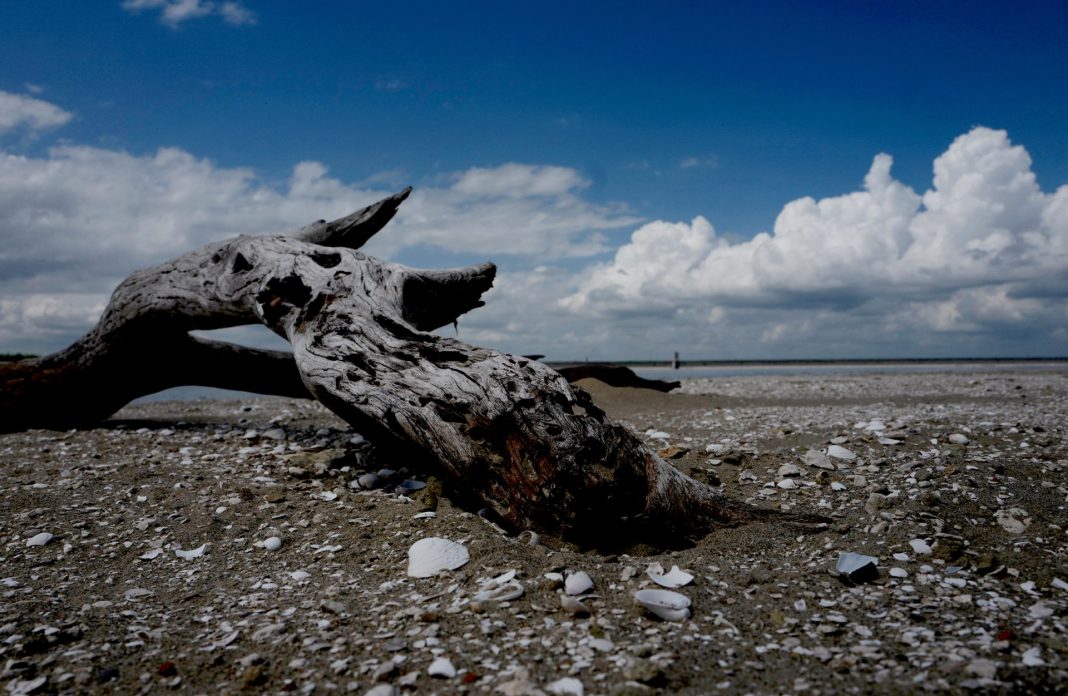|
Only have a minute? Listen instead
Getting your Trinity Audio player ready...
|
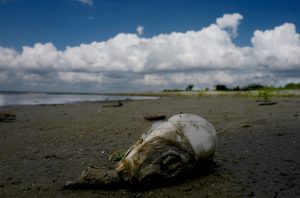
MERCEDES — As Mexico continues to fall further behind on its treaty obligations to deliver water to the Rio Grande, officials on this side of the border are looking to better understand the river basin that supplies millions along the Texas border with fresh water.
Using data collected more than a decade ago, officials with the International Boundary and Water Commission, the federal agency tasked with keeping records on the river, have discovered a bleak reality — one exacerbated by climate change.
The data show that while inflows from the Rio Grande’s six main Mexican tributaries have been on the decline, so, too, has the amount of water entering the river from American tributaries.
Over a nearly 40-year period from 1981 to 2020, the numerous water sources that feed the Rio Grande have been dwindling.
Even when Mexico’s contributions are not factored into the equation, the Rio Grande system south of El Paso has nonetheless lost hundreds of billions of gallons of water.
The U.S. share of water from the Rio Grande has declined by a third compared to four decades ago.
For the border Mexican states of Tamaulipas and Nuevo Leon, the loss is even more stark at 52%.
“That’s the story we’re seeing in the data. There’s just less water entering the system in the last 40 years. There’s less water entering the reservoirs,” Delbert Humberson, an IBWC hydrologist, explained to a group of water managers, farmers and others during a meeting held at the commission’s Mercedes field office Tuesday afternoon.
That “system” includes the six Mexican rivers, including the two largest contributors of the Rio Grande’s water, the Rio Conchos and Rio Salado.
But, it also includes American waterways, such as the Devils and Pecos rivers, Goodenough Spring, which was submerged during the creation of Amistad International Reservoir, and so-called “unmeasured tributaries.”
“When it rains, it flows. And when that shows up in the reservoir, we get 50% of that and the other 50% goes to Mexico,” Humberson said, referring to the ephemeral streams that only exist when the West Texas skies break open with rain.
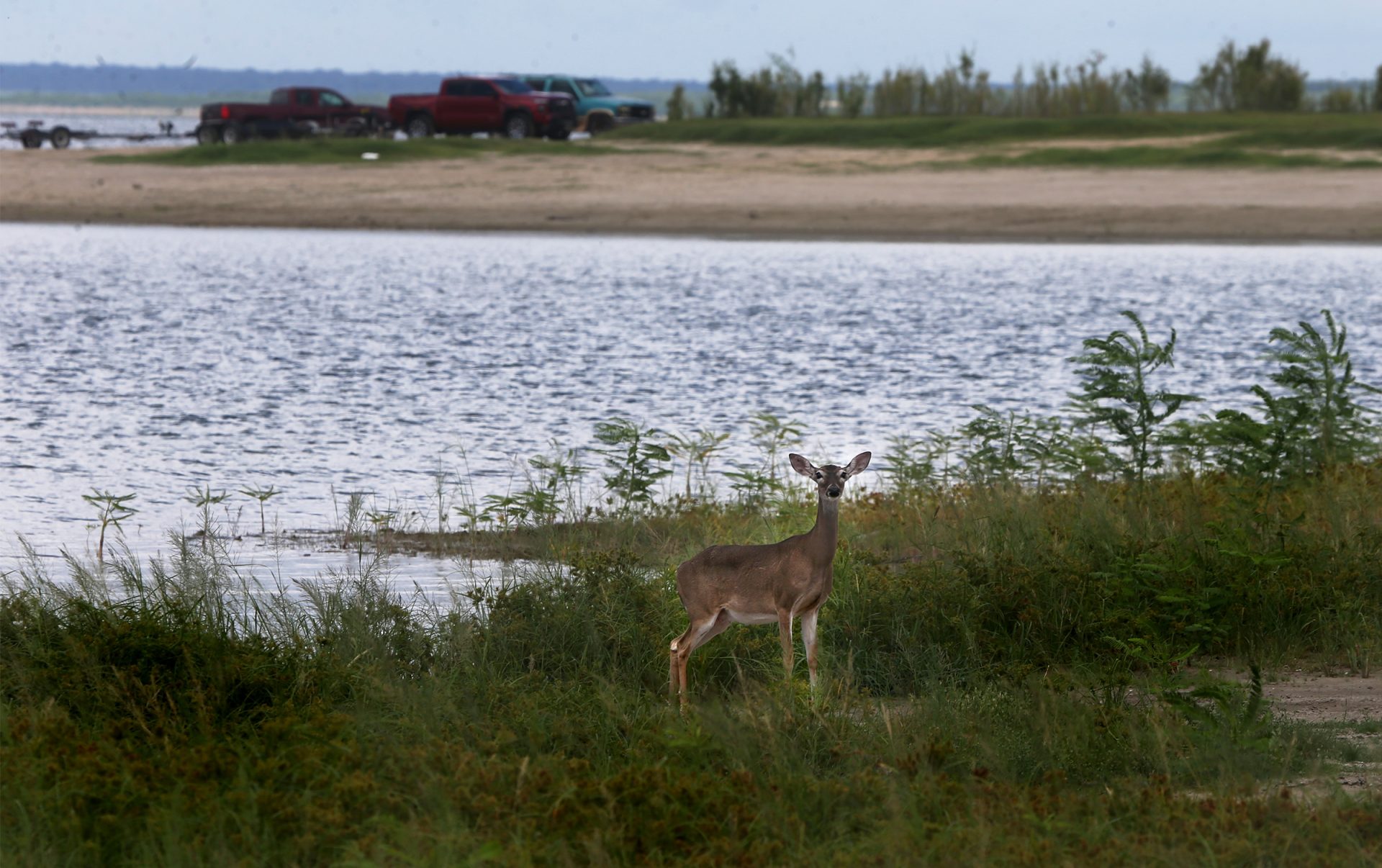
OLD DATA, NEW REVELATIONS
It’s no secret that the Rio Grande has been steadily losing water.
For the last 30 years, that fact has been thrown into sharp relief every time Mexico has fallen behind or outright failed to meet its water delivery obligations under a 1944 water sharing agreement with the United States.
But while the resultant binational tensions have spurred headlines near the end of each five-year cycle, little has been reported on how conditions on this side of the border have also been playing a role in the river’s diminished water supply.
That’s largely because data is scant, IBWC Commissioner Maria Elena Giner said.
In looking to answer that question, Giner could only find data collected more than a decade ago.
“When I started looking into what information was available, there wasn’t much available except for a study that was done by the Bureau of Reclamation in 2013,” Giner said.
Even then, the study warned that climate change would fuel warmer temperatures, less precipitation, and accelerated evapotranspiration, which is moisture lost to the atmosphere from the ground.
But as the IBWC sought to better understand how water has become more scarce on the river, Giner and the commission’s hydrologists began to put that decade-old data to new use.
Through their new analyses, they’ve been able to pinpoint that the amount of water flowing into the Rio Grande from U.S. waterways has diminished by 33%.
The IBWC can drill down even further, looking at how each American waterway has contributed to the dwindling supply.
It’s not a completely linear picture, Humberson said.

He pointed to the Pecos and Devils rivers. In one year, the two rivers contributed 443,000 acre feet of water to the Rio Grande, while in another, they contributed about a million acre feet. It’s all part of climate change-fueled variability.
“This (river) basin is wild, right? Some days are good, some days are not so good,” Humberson said.
The “key takeaway,” he said, is that supplies are diminishing overall.
It’s the first time the commission — or really anyone — has looked at the river data this way. And some of the revelations came as a shock to Humberson himself, who referred to the findings as “eye-opening for me, too.”
At Amistad, some 4.6 million acre feet less water flowed into the reservoir between 2011 and 2020 than in the 1980s.
Though lesser, the decline at Falcon is no less alarming at 1.1 million acre feet lost over the same timeframe.
YESTERDAY IS GONE
Mexico’s tributaries have seen similar rates of decline.
And for Giner, that data makes one thing abundantly clear — not only will Mexico struggle to meet its treaty obligations by the deadline next October, it will become increasingly difficult for the country to make good in future cycles.
“Now that we have less water available to us … I think those days are gone,” Giner said.
“Those days where Mexico is going to provide more than 1.75 million acre feet are gone,” she said.
Currently, Mexico is 839,000 acre feet — or more than two years’ worth of water deliveries — behind schedule. And it no longer has enough water stored in its own reservoirs to catch up.
“Yes, we are in a bit of a pickle right now,” Giner said of the gargantuan deficit.
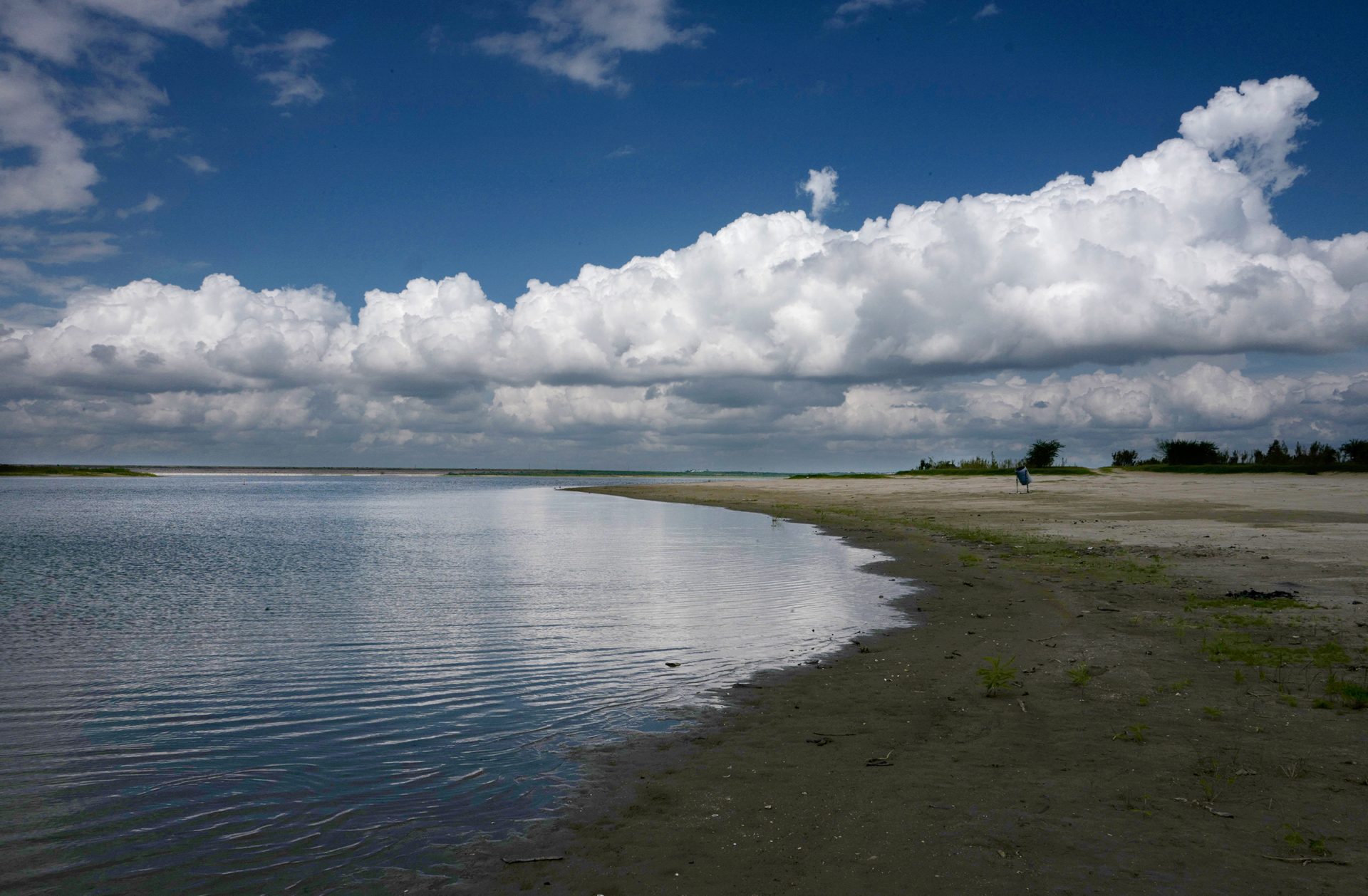
But the commissioner is hopeful that things may finally be moving forward, despite months of diplomatic delays on signing a treaty amendment, new historic lows at the two reservoirs, and the fast approaching treaty deadline.
Officials at the highest levels of the American government have been pressing Mexico to step up.
U.S. Secretary of State Antony Blinken has sent two “diplomatic notes” to Mexico’s Ministry of Foreign Affairs, while the U.S. Ambassador to Mexico, Ken Salazar, has been applying pressure in Mexico City, Giner said.
And federal lawmakers have been busy, as well.
Just this week, U.S. Rep. Monica De La Cruz, R-McAllen, announced the formation of a “South Texas Water Working Group” meant to bring local stakeholders together to brainstorm domestic solutions to the water scarcity crisis.
And last month, U.S. Sens. John Cornyn and Ted Cruz introduced legislation that would require the State Department to deliver annual reports on Mexico’s water deliveries and impose sanctions if the deliveries are not made.
INTERNAL DISPUTES
But all that could be for naught if Mexico continues dragging its heels not only on delivering the water, but in signing a new treaty amendment officials refer to as a “minute.”
Giner explained that minutes don’t change the treaty, but rather serve as a tool to “interpret the treaty and allow flexibility in how water is delivered.”
The IBWC spent much of last year negotiating with their counterparts at La Comisión Internacional de Límites y Aguas, or CILA, and had planned to sign the new minute in mid-December.
But that date came and went, with Mexico telling Giner that they’d likely come back to the table in February.
Disputes between the border Mexican states that also rely on the water deliveries, and Chihuahua, the mountainous state where the Rio Grande’s headwaters lie, scuttled the December signing ceremony at the 11th hour.
Then the February deadline got pushed back to July when officials asked the IBWC to wait until after the Mexican presidential election in June.
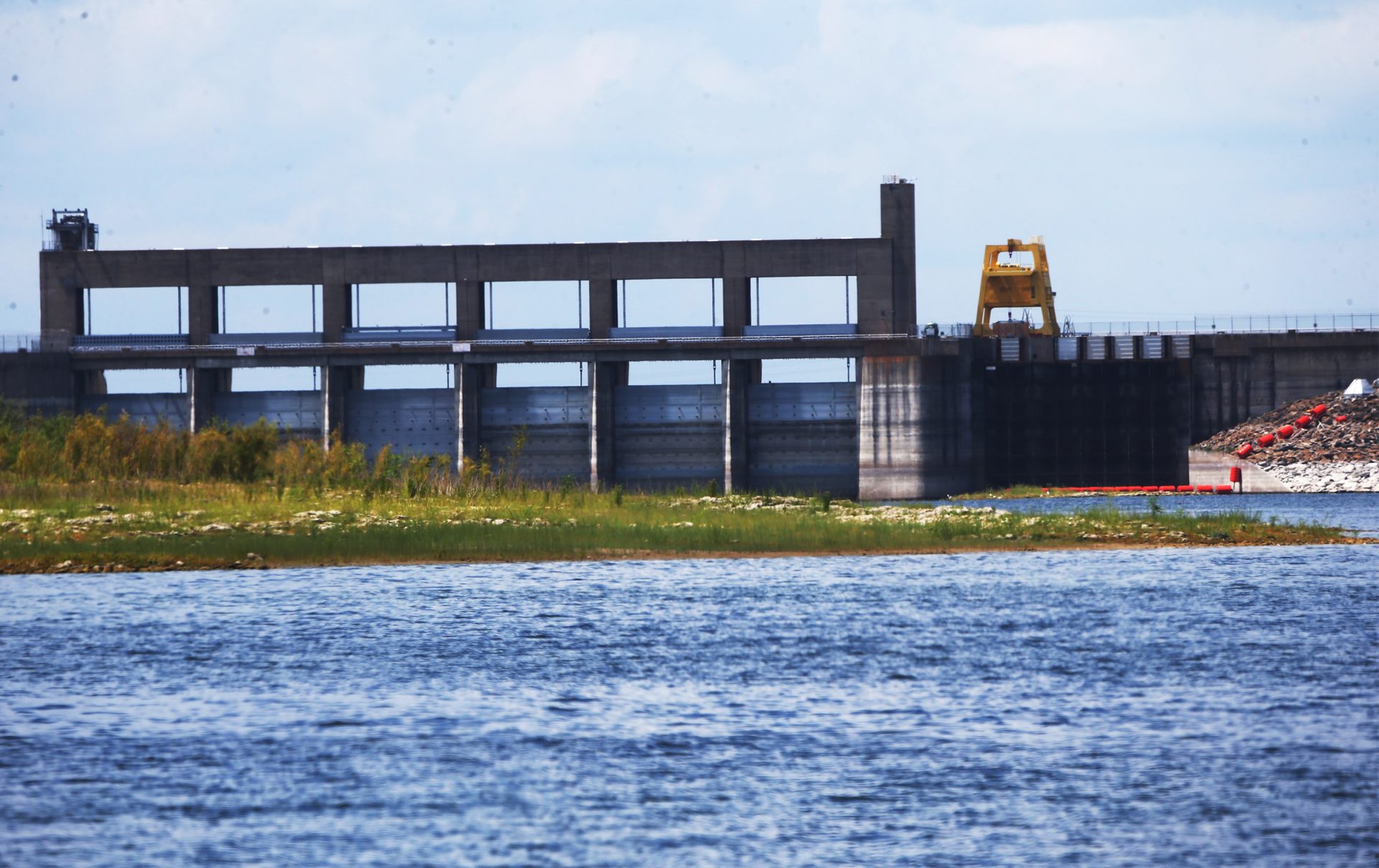
On June 15, the combined U.S. storage of water at Amistad and Falcon dropped to a historic low of 18.14%.
Mexico still hasn’t given Giner a new timeline for signing the minute; however, they have made some concessions, including “a plan on how they are going to deliver water to the United States based on different scenarios,” Giner said.
But as for whether Mexico has resolved the competing interests of its own states, that remains unclear.
Other than knowing that the Mexican government is currently engaged in what she referred to as a “domestic consultation process,” Giner said she had “no insights” into any attempts to reconcile the dispute between the Mexican states.

